|
One of the ways I'm lucky to live in my little self-contained world (meaning my class is self-contained special ed, combining at least two grade levels every year) is that I have a lot of freedom with curriculum, and my administrators have been pretty open to me doing what works for my kids. One thing this looks like is adapting our reading and writing programs. We've been following a workshop model for just a few years now (and I LOVE it), and use a boxed curriculum (SchoolWide Writing Fundamentals) to guide our teaching. Overall, I like it a lot, and it includes some excellent mentor texts. (I have a lot more thoughts and feelings about the curriculum, but I want to get down to the point of this post now!) That being said, when I pulled out the 3rd grade level kit for fiction writing, I was underwhelmed. Also, it just didn't seem to match where we were as a writing community. While it was about writing fiction, most of the gathering work was about drawing on your personal experiences, and my instinct was that it would lead to a lot of personal narrative pieces...which we'd already done. My writers were ready to try something new. Also, the unit as written was an author study of Patricia Pollaco, and her books are lovely classics...that don't reflect my students very well, and felt a little dated to me. So I decided to venture forth on my own, and make something that would energize my writers. I used the existing unit as a guide, and covered many of the same minilessons and topics. Much of my adaptation was selecting different mentor texts that were more contemporary and diverse, and that also focused more on writing fiction than stories based closely on personal experiences. Click here for a link to the unit outline, or below to download it, then keep scrolling for my reflections and photos.
One thing that was very clear as I was writing this was how much this unit (and, you know, our whole lives) was disrupted by state testing this spring. It was excruciating. But it does explain why it felt like it took forever to move through this unit, because it kind of did. Finishing these pieces really took us down to the wire. Let's talk about mentor texts first! I loved the way the mentor texts guided and inspired us in this unit. Thank You Mr. Falker was part of the existing SchoolWide unit, and was a good start for the unit. (Also, while it's such a classic, and I've read it to myself, I'd never read it aloud before. Friendly heads up, I don't know about others, but I naturally pronounce Falker in a way that sounds a LOT like another word. So much so that my kids noticed and pointed it out with concern, and we had to figure out how to say it more safely. We really leaned hard on the L in the middle: Fallllllllker. Ayayay. Let's not even talk about the fact that I was doing this lesson the day state monitors were visiting and was this close to exploring the pronunciation of Falker in front of them. And my entire administrative team. The perils of read alouds!) I bought Mango, Abuela, and Me, by Meg Medina, for this unit, after having eyed it in the bookstore for awhile, and it was really worth it. Meg is a Cuban-American author, which made this an #ownvoices text, especially important because I was using it to talk about how culture, family, and traditions can inspire our writing. The story is warm and accessible (accessible, but not oversimplified), and the illustrations are bright and engaging. It tells the story of an abuela leaving her warm island to live with her family in the United States, and share a room with her granddaughter, Mia. Mia is a little sad that she and her abuela have trouble communicating, since she only speaks a little Spanish and Abuela speaks only a little English...until Mia realizes that they can teach each other. They start by making empanadas, which was greeted in my room by exclamations like, "My mom makes the best empanadas!" and, "I love empanadas with meat and cheese!" We revisited Mango a few times, with the lessons on providing a sense of closure, writing a powerful lead, and finding the heart of the story. I'd say this was a grand slam choice. I also bought Islandborn, the new picture book by Junot Diaz, for this unit. It's worth noting that I bought it right when it came out, at an event with the author at my local independent bookstore, and a week later stories came out accusing Diaz of abuse. I had already shared the reading, the author, and the book with my class when the news broke. It was additional layer of heartbreaking, because he'd already inspired my students. Several of them come from Central and South America, and one from the Dominican Republic, like Diaz. He just lit up when, in one of my videos from the reading, he heard Diaz mention Santo Domingo, the words rolling off his tongue in Spanish. Later, this student would publish a story called Dominicanborn, and told his audience it was inspired by reading Islandborn. My heart is heavy and lifted up at the same time. I can say that Islandborn is absolutely gorgeous. The illustrations are joyful and beautiful, and the story is deep and lyrically written. It's about the process of writing and remembering a place from your past, making it an excellent mentor text. Giraffes Can't Dance, by Giles Andreae, is a favorite of mine, and has a lovely lesson about being yourself, and encouraging others. It's written in rhyming verse, and in reading it aloud, it felt a little young for my fourth and fifth graders, but it did lend itself to the conversation on theme. Leo, a ghost story, by Mac Barnett, is another, more recent, favorite of mine. I found it because it's illustrated by Christian Robinson, who I adore. (He was on the radar last year for illustrating Matt de la Peña's Last Stop on Market Street, and recently announced that he's writing and illustrating his own book next year!) Leo was great for discussing character, as well as the fantasy genre, and several of us were inspired to include ghosts in our stories. It's the story of Leo, a ghost who has to move to a different house when the new family is not interested in having a ghost for a roommate. He is thrilled when Jane wants to be friends...and heartbroken when he realizes that she thinks he's not a ghost, but imaginary. Leo's cleverness when a burglar breaks in forces him to come clean, and luckily Jane thinks a ghost is even better than an imaginary friend. Oh, I have to talk about Alfie, too! I found Alfie, by Thyra Heder, last year. (It jumped off the shelf because I thought it was from this Alfie series, which my mom loved when I was little, and which I of course needed to buy for my nephew for Christmas. I've given myself the official title of Fairy Godmother of Rad and Unusual Books, for him and for the other little ones in my life.) Alfie is a turtle. Nia is a little girl who picks out Alfie as her pet on her sixth birthday. We follow along as Nia draws him pictures, sings him songs, and teaches him how to dance, and Alfie seems less than interested. Then one day, Alfie disappears. After a worrisome black spread in the middle of the book, we're switched to Alfie's perspective, and follow his journey of loving Nia, venturing out, and finding his way back home again. It's really so wonderful. It's a great read aloud, and it's an amazing mentor text for perspective. That was a lot of book talk! Now for kid talk. My writers were genuinely excited to delve into fiction writing, and sort of couldn't believe that they'd get to make up their own stories. Some of them sketched out a million ideas during the gathering stage, while others landed on the winning idea right away, and didn't want to do anything but write it down. In what felt like a miracle, I had kids asking if they could take their notebooks home to continue writing, kids who came back and said they were working on their story in the back of the car while Mom drove them to the store and their brothers and sister made noise. I had kids writing PAGES and PAGES. Of course, I also had kids who could only write a few sentences in a period. One who could only write a handful of sentences in all, but they were all his. I even had one who struck on the idea she wanted earlier in the gathering process, when we were connecting Mango, Abuela, and Me to our own lives. Like Mia, she remembered a friend in her old town who spoke mostly Spanish, and how they taught each other words once, on my student's birthday. This was the story she wanted to tell. I talked with her about how we can take a real life experience and turn it into a story, how we could give her friend a character name. "But she already has a name. I can't give her a new name." My concrete-thinking little sweetheart didn't sway on the matter, and that's fine. She worked super hard and created a beautiful piece of not-so-much fiction. Another student who would always rather draw than write kept putting a few sentences in his notebook, followed by half a page or more of illustrations. When I looked closely, I saw that the illustrations continued the story. I showed him how with a little more information, he could use the illustrations like a graphic novel, while also stretching him to write more sentences. Since the kids were at so many different levels with this project, and I really wanted to let everyone be where they were, very soon they were at all different stages. (The insane testing schedule did not help this situation at all.) To keep my prolific writers motivated and moving while my more painstaking friends were still trying to get words on paper, I let students go straight to the computer if they wanted. The kids who were writing longer typed what they had, and then kept going. For several of my older writers, this was a game changer, and very motivating, especially as we moved through revising and editing; they found it easier to go back and make changes in the typed document than they do in their notebooks. It did create the need for a great deal of help editing later; those stories were rambly, and they did not include a lot of punctuation. The student writing Dominicanborn ended up telling his story mostly through dialogue (fascinating), so at one point I sat and reminded him how to punctuate dialogue correctly. I did a few, and watched him do a few, and then said, "Okay, you've got to do that for all of them." He diligently got started and I moved on, but about ten minutes later I found him looking at me balefully. "Ms. G." "Yes, buddy?" "This is going to take forever." I'd seen his draft, which was many pages long and, as I said, mostly dialogue, so I couldn't argue. "Yes, buddy," I said simply. He looked at me a moment longer, then turned back to his laptop. "Okay." Poor dude! After a bit more work, he turned around again. "Ms. G., I'm doing this so my reader can understand my story, right?" Ah, my heart! I'm not making this up, I swear! That's how we describe editing, fixing up our spelling and punctuation so that our reading is easier to understand. Being assured of that seemed to help my buddy keep going. The finished products were pretty stunning. Most decided to publish as they typed, on 8 1/2 x 11 paper, with covers and illustrations. A few wanted to figure out how to do it landscape and fold it so it came out more like a chapter book. And most devoted a ton of time to illustrations and decorations. Those books are so very them, which is the very best outcome I can imagine. Throughout the process of planning and living out this unit, I was called to think carefully about my students as individuals, to meet them where they are, and to open up new possibilities for them. For example, some were so ready for more detailed work, like creating a sense of closure, and were really able to absorb the examples in the mentor texts and make it their own. I continually had to remind myself to let go of my own expectations of what their stories would look like so that they could be wholely theirs. This happened with the friend who could only produce a few sentences. I could have dragged him along with questions to elicit more, but it wouldn't have been his, and it wouldn't have shown where he is right now. I could have told my personal narrative writer that she had to come up with an imaginary story, but why? This was the story she wanted to tell, this was her story. Even as long as I've been teaching special ed, this type of letting go is something I'm constantly practicing. And I think the fruit of that is creating the space for kids to be truly themselves. One last thing. Many of the stories, especially the fifth graders' stories, had pieces of themselves in them. Actually, several gave the main character a new name, but then named everyone else after their classmates, brothers, and sisters, which I found kind of hilarious. The empanada detail made it in, as did the Mets, Cuba, the DR, and real-life friendships and siblings. But one in particular had a whole huge chunk of the writer's heart in a way that deeply moved me. This writer, a fifth grader, has big feelings but plays them close to the chest, especially at school. At home, it sounds like they often come out as anger. She's cool and tough, an athlete with lots of friends. When she talks about pieces of her family situation, it's usually matter-of-fact. (Actually, when she was a little peanut in second grade, she and a buddy connected because they both had parents who were "reversed." I didn't interrupt them right away to tell them the word is "divorced.") But in her story, she poured out all of these difficult feelings about her mom that I've never heard her express before. In a more sophisticated way than most of her peers, she wove together pieces of real life and fictional elements, and there were plenty of differences between her and her main character. I'm certain, though, that the most piercing expressions of abandonment and loss and hurt were hers. Listen, this student has always been reluctant to write personal narratives. If she could choose something else, she would. If she couldn't, she'd usually pick a topic like her favorite sport, and ramble happily about her coaches and her teammates without ever really telling a story, or sharing something personal, though she was always quick to recognize, support, and celebrate her peers for doing so. This experience was different. It feels like a fictional story and a fictional character gave her the space she needed to be vulnerable, and at just-turned-eleven, she was ready for it. This is the power of writing. Here are the finished products!
0 Comments
Leave a Reply. |
Meredith
Writing about practicing literacy and freedom with my small humans. Archives
January 2021
Categories
All
|
||||||
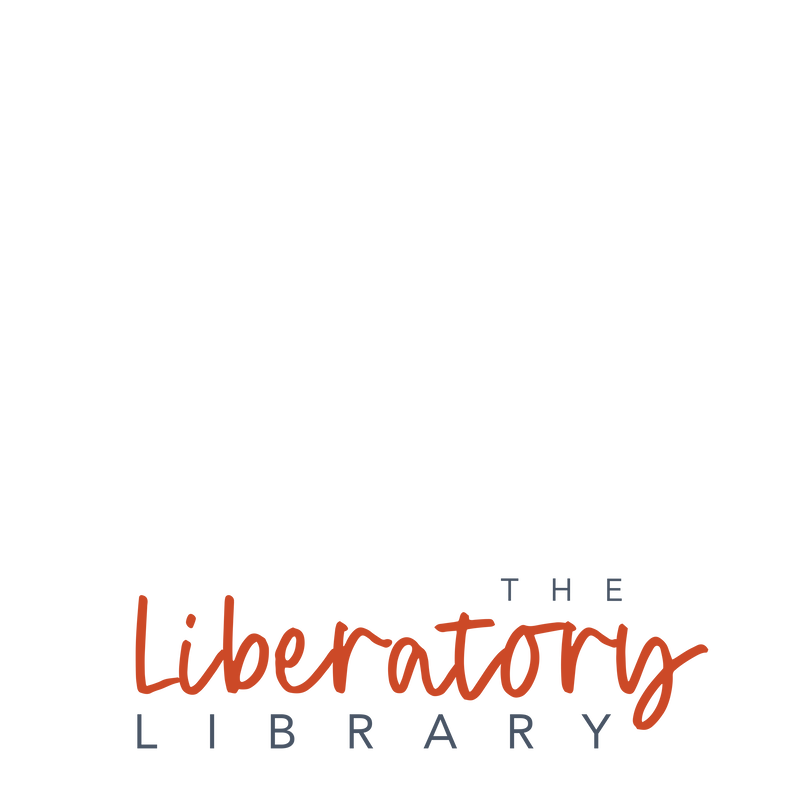
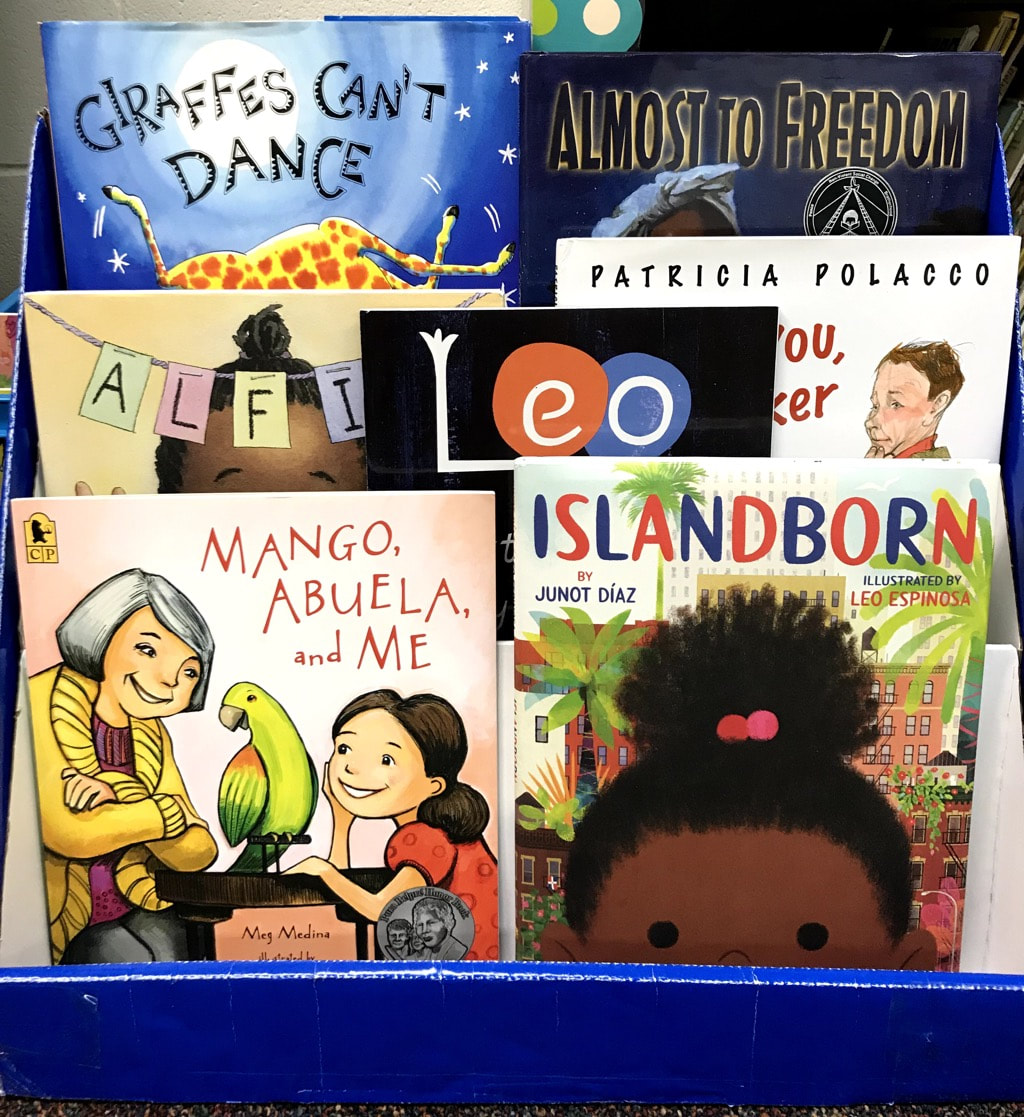
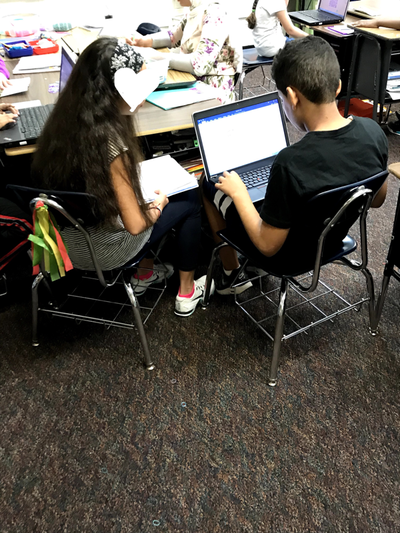
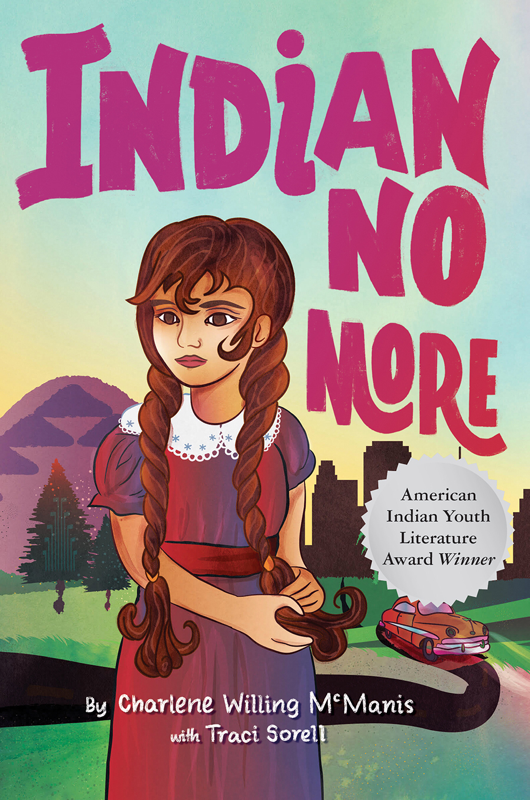
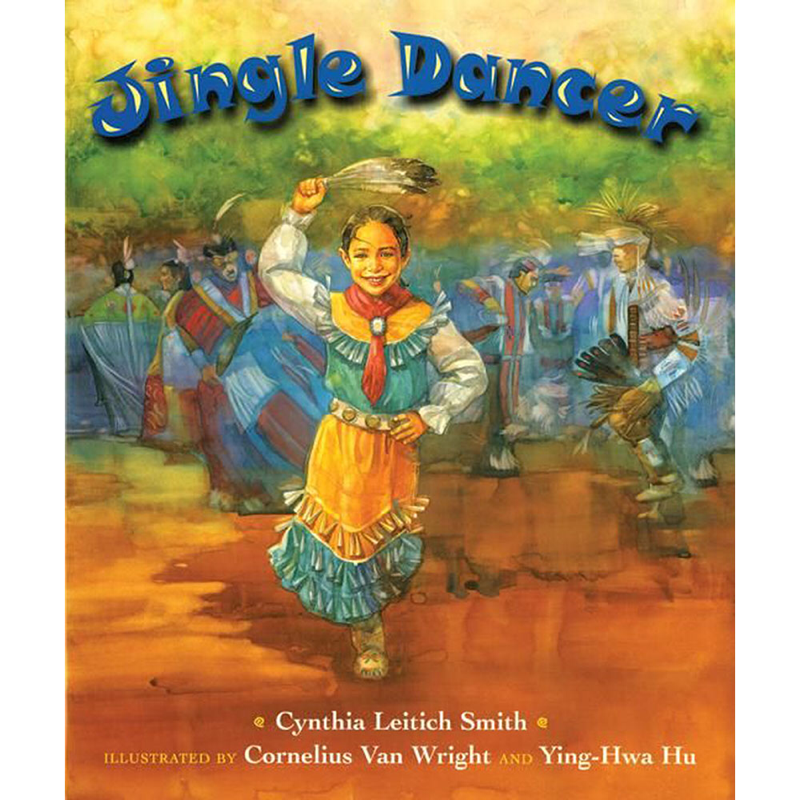
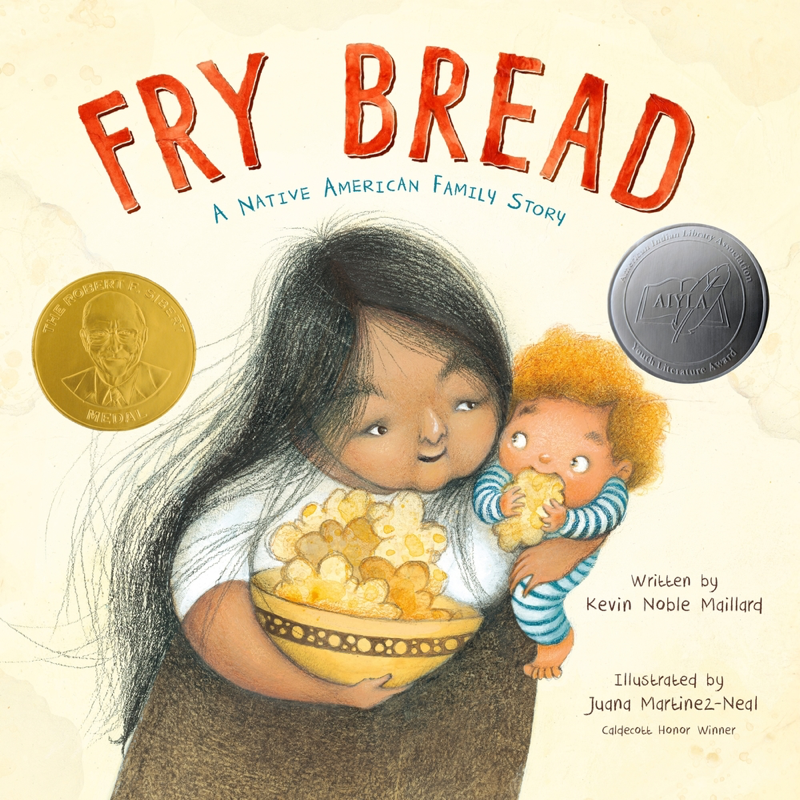
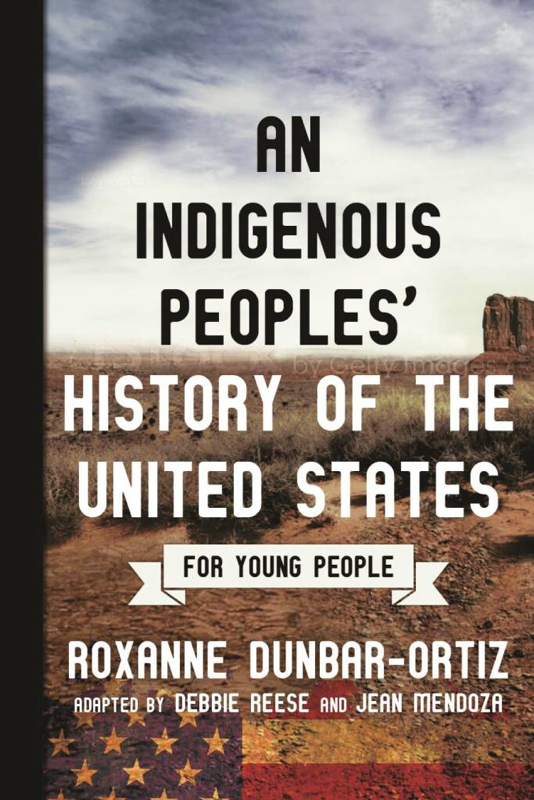
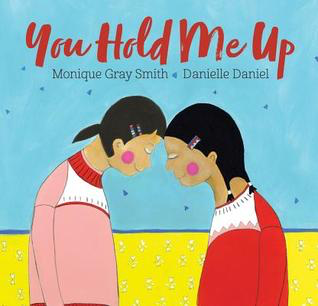
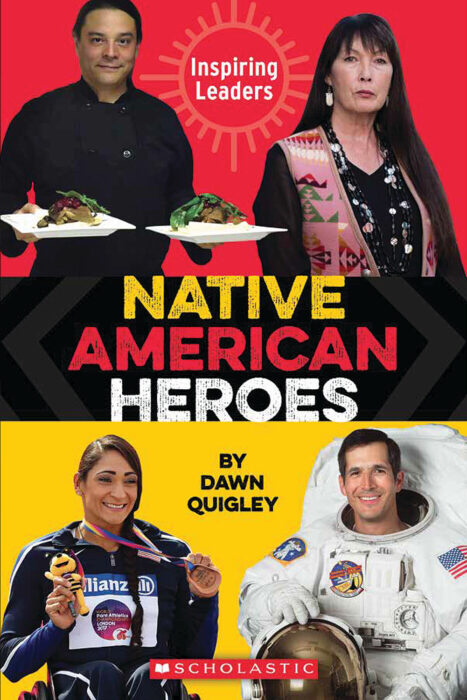
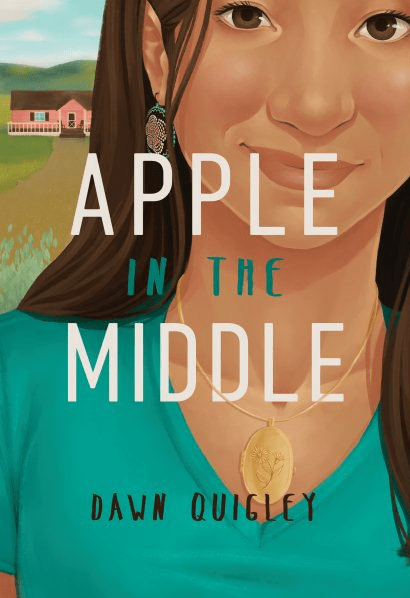
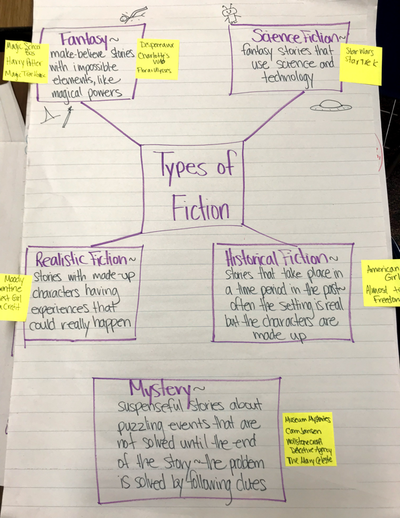
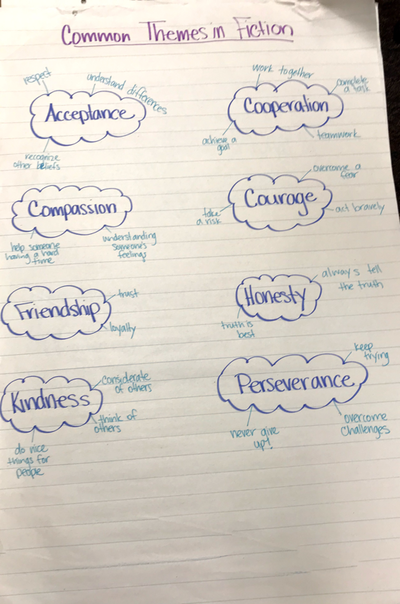
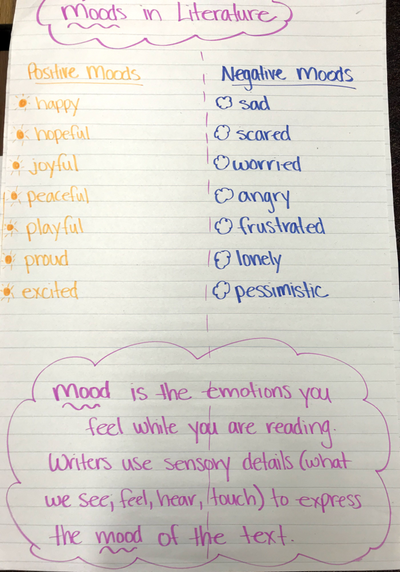
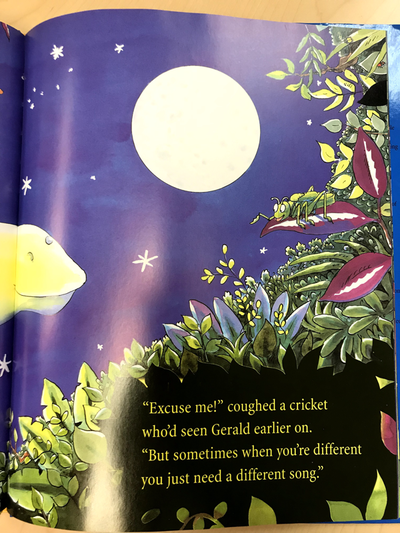
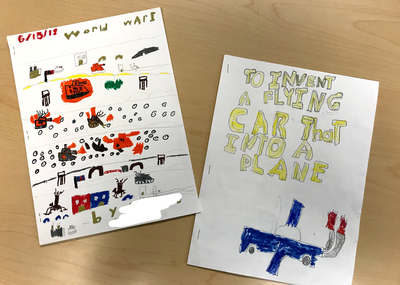
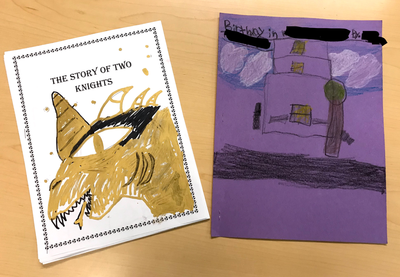
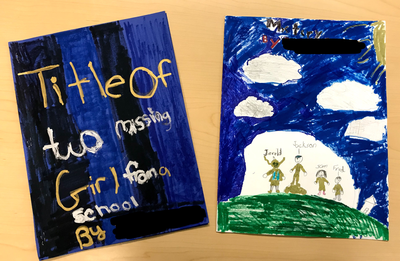
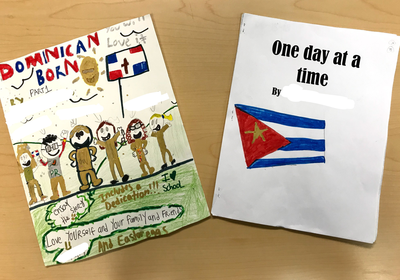
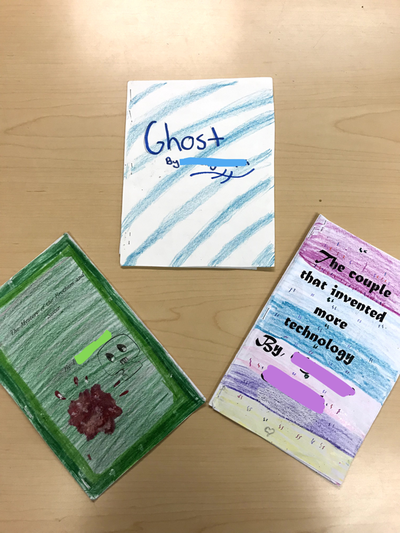
 RSS Feed
RSS Feed